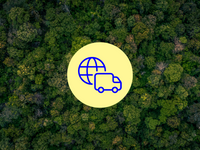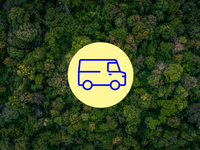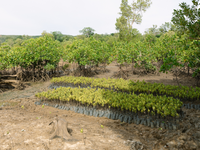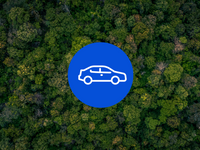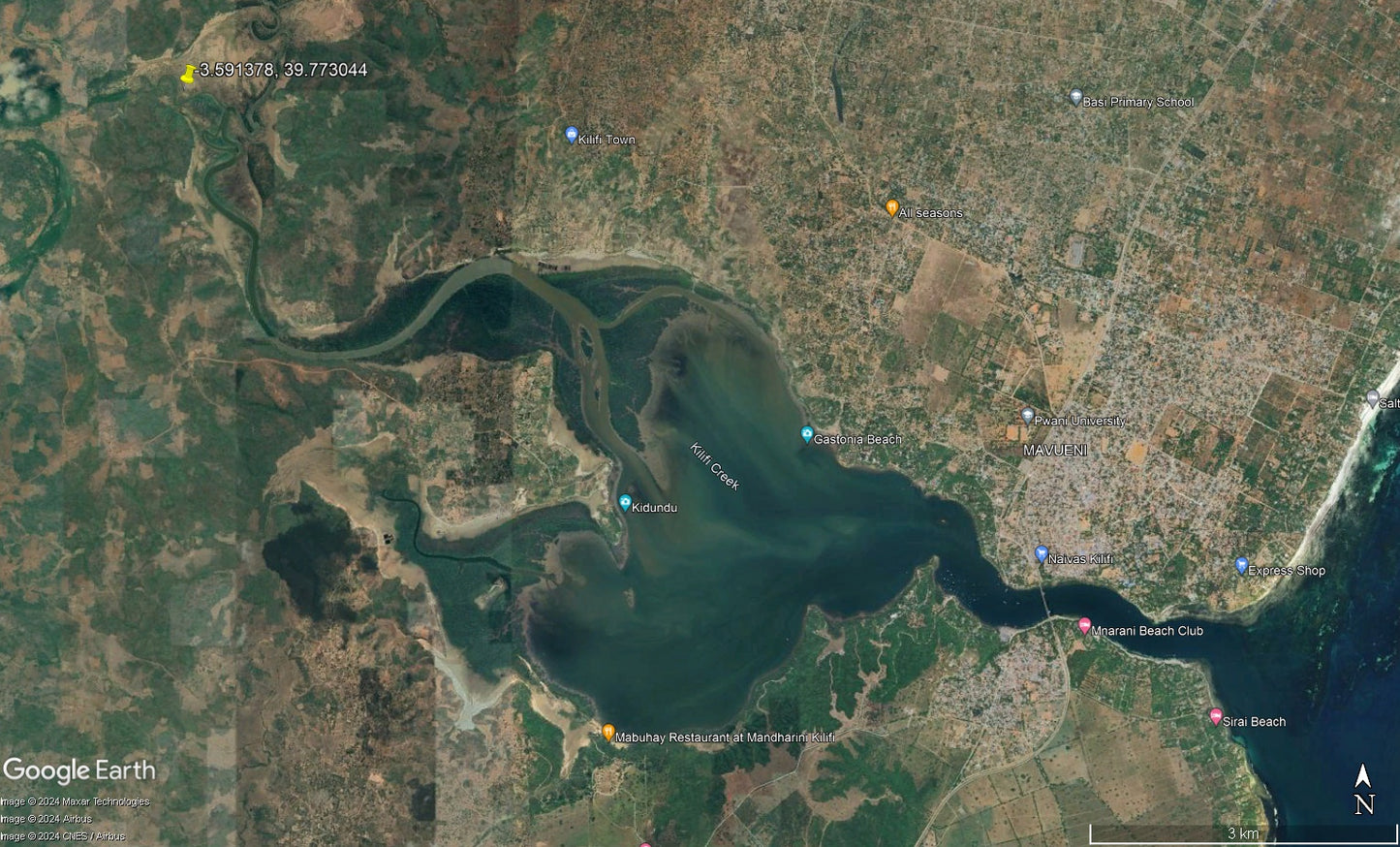
Mangrove Forest Restoration and Protection.
Community-led mangrove restoration with full transparency, collaborating with partners to track planting.
Mangroves, vital for coastal stability and storm protection, thrive in saline tidal zones. Our team plants each tree individually, recording timestamps, coordinates, and visual data for verification and lifetime monitoring.
Impact of your contribution.

Community based approach.
The project site was previously expansive mangrove forests but have since been depleted due to over-harvesting. Communities used to rely on these mangrove estuaries for high-value commercial fish species, like prawns and crabs, as a reliable source of income for the fishing community.

In the late 1990’s, as the community started to grow and times were tough, some turned to the mangroves and harvested them for charcoal, materials for building boats and homes, and a form of income. This in turn degraded the ecosystem. Many marine species, such as white and red snapper, no longer use the estuaries as a feeding or nursing ground, meaning less and less fish for the fisheries to rely on. A 3rd generation fisherman in the community, recounted how the coastal region used to yield him 10kgs of fish in a day, nowadays he says it’s a challenge to get 1kg.
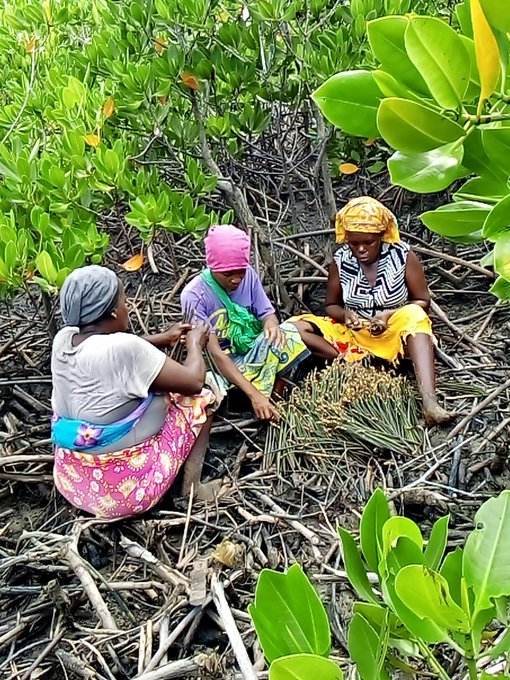
Your support matters.
The loss of mangroves is not unique to this area of Kenya. Mangroves have experienced significant losses globally in recent years. Although the rate of decline has slowed post-2020, global mangrove covers have decreased nearly 6% from 2000 to 2014. This loss is a significant concern as mangrove forests support local livelihoods.
Each tree we plant is helping the community to restore the former estuary. The local members overseeing the project expect to see the area restored in 5 to 6 years. The goal of this project is to empower the community to restore and enhance mangrove conservation. By restoring the mangroves, the area will once again be able to provide abundant fishing grounds and additional income sources for the community.
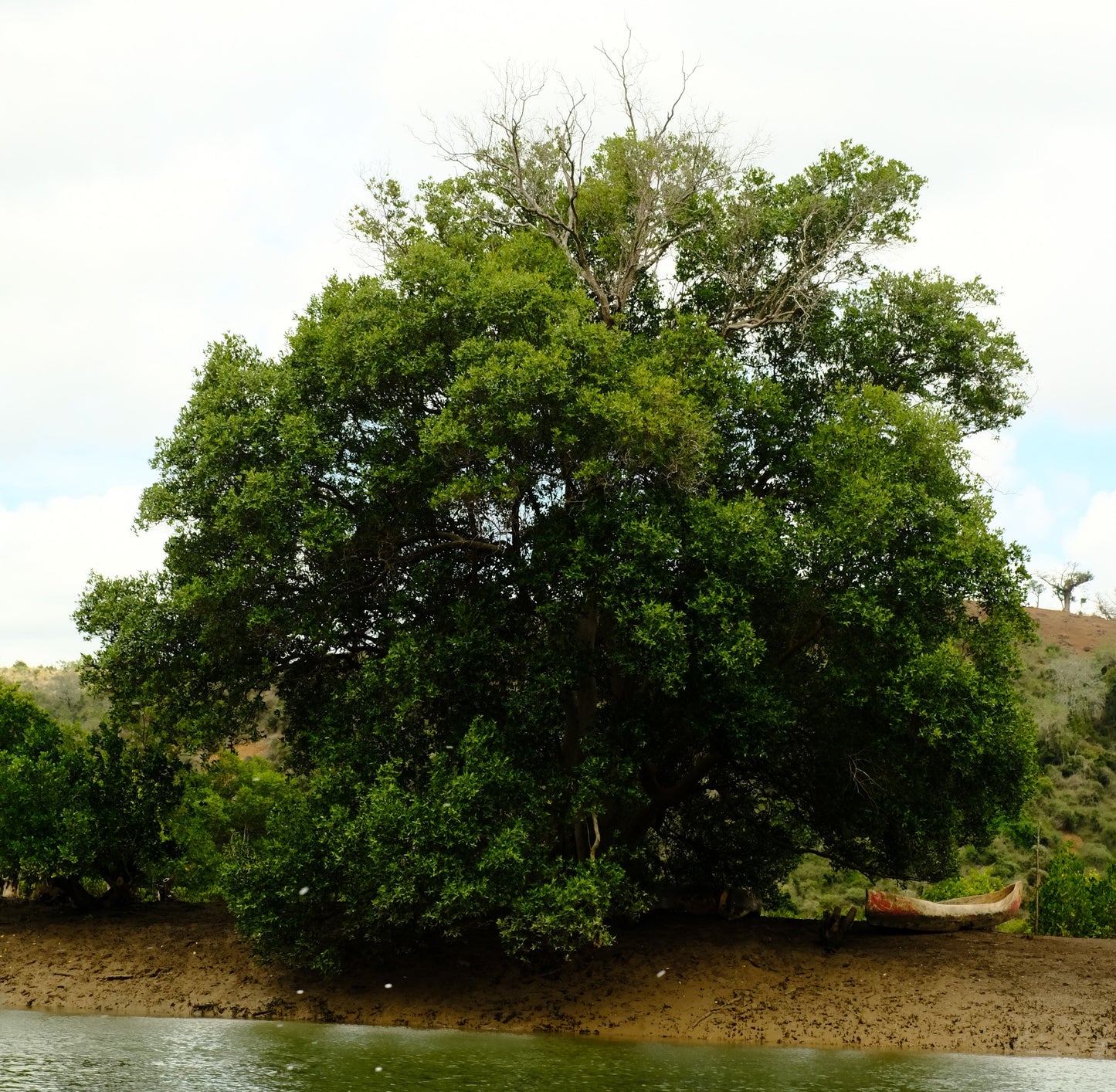
Key impacts.
- Maintain shoreline stability and safeguard communities during sever weather events
- Protection and restoration of inland coastal forest habitats, targeting key drivers of deforestation such as uncontrolled fires and charcoal production.
- Agroforestry for food security and soil health.

